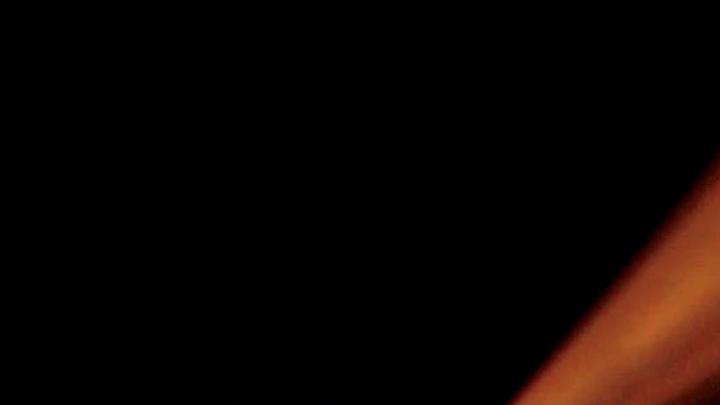In action, what looks like a sharp glowing pen squeezes out a coil of silver, starting from a base and curling upward into the air. It’s actually a nozzle attached to a 3-D printer, and the coil of silver, made of an ink composed of nanoparticles, is thinner than a strand of hair. A few twisting motions, and the microscopic wire emerges from the nozzle to form sharp angles, a spherical antenna, a butterfly with open wings.
These complex shapes, and their ability to hold up as freestanding structures, represent a big step forward in 3-D metal printing, which in the past has produced curvilinear structures by printing them flat on a supportive base (also called a substrate) and later heating them to solidify the material. That two-step process limited the structures’ complexity. Now a technique pioneered by Harvard researchers at the Wyss Institute for Biologically Inspired Engineering and the Paulson School of Engineering and Applied Sciences opens new possibilities: printed metal will be able to assume more—and more complicated—shapes, for applications ranging from 3-D antennas to electrical interconnects.
The breakthrough innovation is a laser positioned right beside the 3-D printer nozzle, says Mark Skylar-Scott, a Wyss Institute postdoctoral fellow in materials science and electrical engineering and lead author of a May 31 Proceedings of the National Academy of Sciences paper on the research. As the ink—actually silver nanoparticles suspended in a polymer solution—flows out of the nozzle, the metallic wire has the consistency of toothpaste: not liquid, but also not rigid enough to form freely supported, complex 3-D structures.
The laser heats the ink as it emerges from the nozzle, annealing it; the nanoparticles fuse together and the polymer decomposes so that the printed filament becomes a solid yet flexible metal wire able to support its own weight as the printhead, moving in x, y, and z axes, forms it into a number of shapes, including helical springs and those curved butterfly wings.
During the fusing process, the metal achieves an electrical conductivity that nearly matches that of bulk silver. And the laser’s precision and the ability to adjust its temperature “on the fly,” Skylar-Scott says, enables researchers to vary the level of conductivity within a single structure and to heat only the wire, without risking damage to the substrate, which could be made of plastic, rubber, or flexible materials.
Working as he does in the research lab of Wyss professor of biologically inspired engineering Jennifer Lewis, who is his coauthor on the paper, Skylar-Scott sees many potential uses for these complex metal structures: in biomedical devices, wearable and flexible electronics, sensors, displays, small antennae, electromagnetic devices, a coil in a speaker, a transformer to amplify signals. But first, he says, someone will have to further refine the technique. “Right now there are a lot of knobs to tweak,” he says, including the position of the laser, its pulse frequency and direction, and the print speed. “With a bit more work,” adds Lewis, “these parameters can be optimized and automated.”








